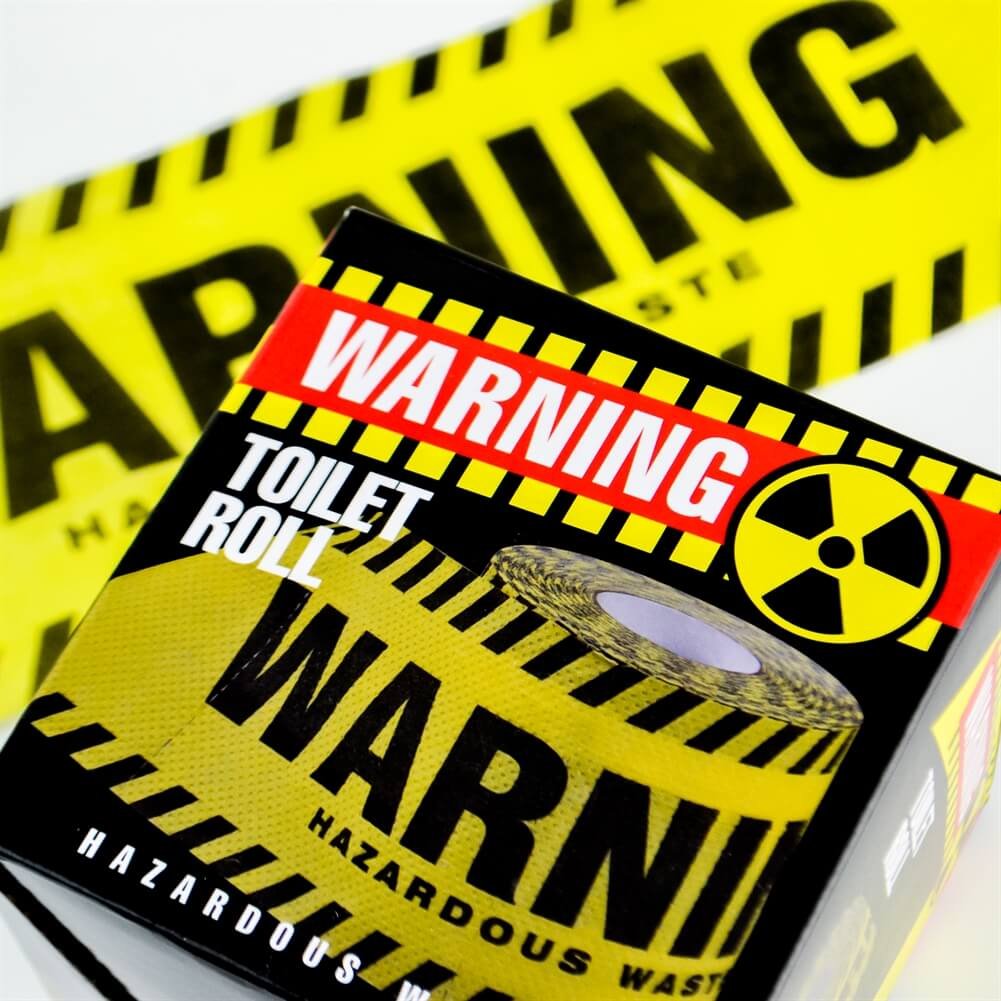Case Study: Who Gives A Crap?
I always thought panic buying was for those who spent too much time on Twitter: falling for the latest sensationalist headline, running to the nearest corner shop, and grabbing whatever they’d been told was about to disappear from the shelves.
Then Covid arrived.
I tried to avoid it for as long as possible, telling myself and everybody in earshot that it was an over-reaction, that people queueing were the ones causing the problem.
Then I walked past our local Tesco, saw a sign saying ‘only one toilet roll per customer!!’, and watched two grown men fight over a four-pack of Andrex.
So later that day, I found myself in the local Garden Centre where they had some novelty ‘Warning! Contaminated Area!’ toilet roll for sale, in bright yellow and black diagonal stripes, for four pounds a roll.
I bought the lot.
It was during this time that I started to hear more about Who Gives A Crap, a subscription toilet roll service. They’re a B Corp that donates 50% of their profits to build toilets around the world, whilst meeting the highest standards of social and environmental impact.
But it turns out, that not only are they good for the world, but they also give a great customer experience. And it’s an experience cleverly designed to make things better for customers whilst also making money for the business.
The website is easy to use, the offer is simple to understand, and it’s no problem to cancel if you need to. But the thing I really loved was their packaging.
The box on your doorstep makes neighbours tut and stare:
The delivery driver gets a nice thank you:
The main message is shared in a fun and friendly way:
Premium subscribers even get a ‘Where’s the Loo Roll’ game to play:
Via Alison Johnstone
My sons were overjoyed when we opened the box to find so many bright colours bursting out.
And they were even more excited when they followed the instructions on the box and spent the afternoon driving around in their new batmobile.
There was even a clever touch at the bottom of the box, with three rolls made to stand out as a reminder that it’s time to reorder.
Serendipitously, in the same week my first delivery arrived, I came across an article in HBR called ‘What You’re Getting Wrong About Customer Journeys’ . It lays out four types of journey that customers make:
A routine is effortless and predictable.
A joyride is effortless and unpredictable.
A trek is effortful and predictable.
An odyssey is effortful and unpredictable.
and suggests – not wrongly – that organisations need to take a different approach to designing for all four, with routine journeys needing to focus on streamlining and consistency.
Yet Who Gives A Crap has challenged this notion that a routine purchase can only ever be mundane. They’ve taken possibly the most functional, boring purchase that’s ever existed, and given it a personality, made it fun and created a human experience worth talking about.
But more than that, they’ve also demonstrated how making small, low-cost tweaks can not only vastly improve the customer experience but be a smart way of increasing revenue, too.
The simplest business case to sign off would be to send the product in a plain cardboard box, to wrap the rolls in cheap white paper, to keep the final three the same to save on printing costs. It’s the option most companies would go for – and the option that would miss some great money-making opportunities.
The box is brilliant marketing that the customer, the neighbours, and the delivery driver all see. The premium wrap-around makes customers feel special from the very first second. The emergency rolls are a great nudge to re-purchase, and far more fun than just receiving another email.
So, the next time you’re working on a routine journey, imagine what it could be, not just what it is. Think about the small tweaks that could have a big impact on your customers, and on your business. And remember, it’s ok to not be serious all of the time – just maybe avoid any unnecessary toilet humour along the way.








